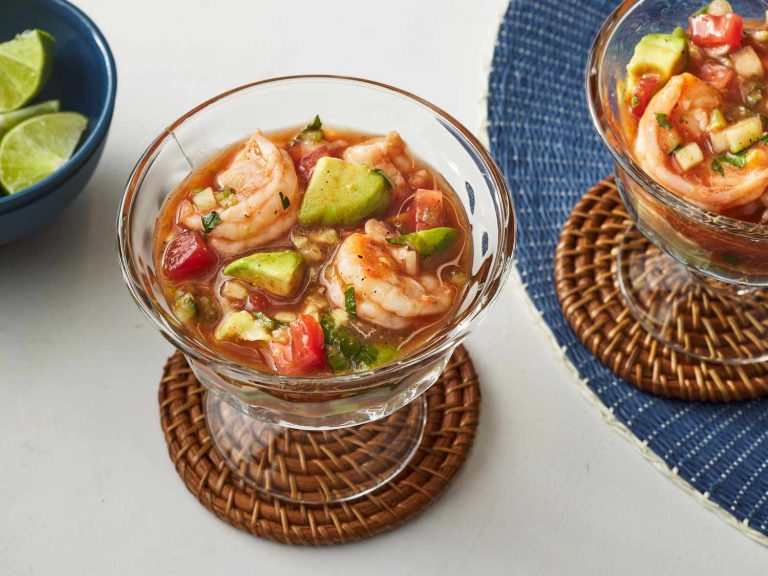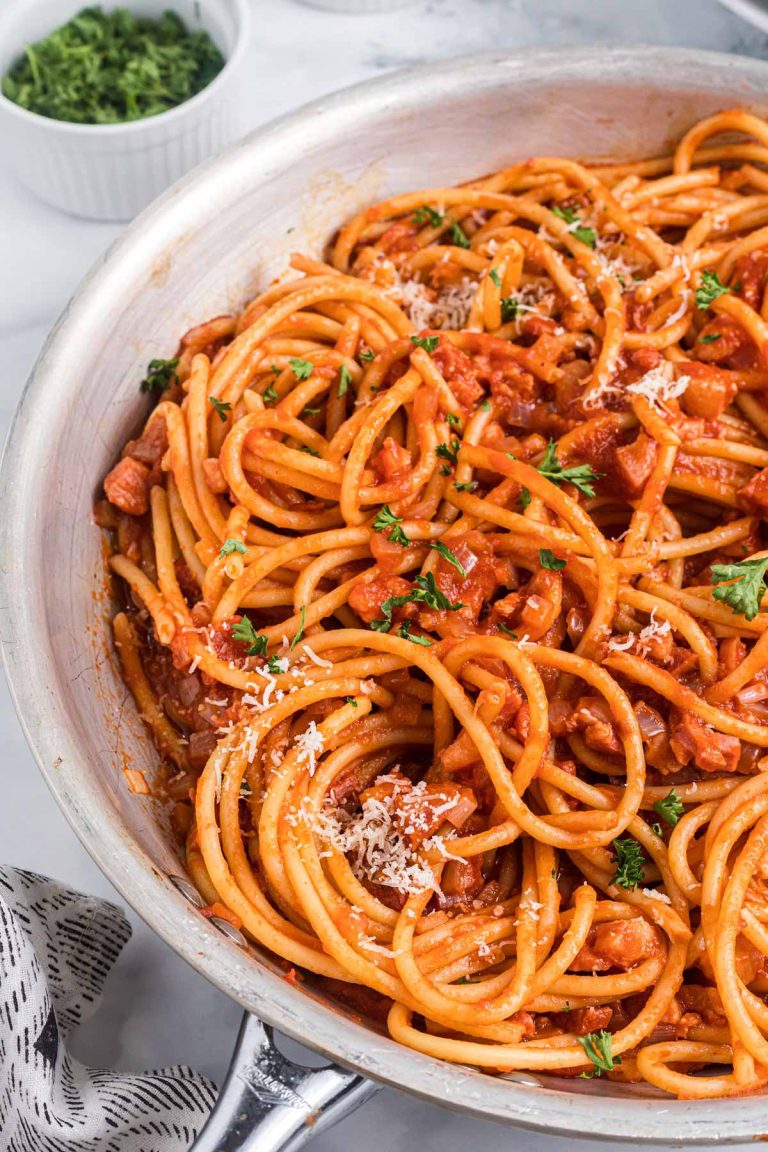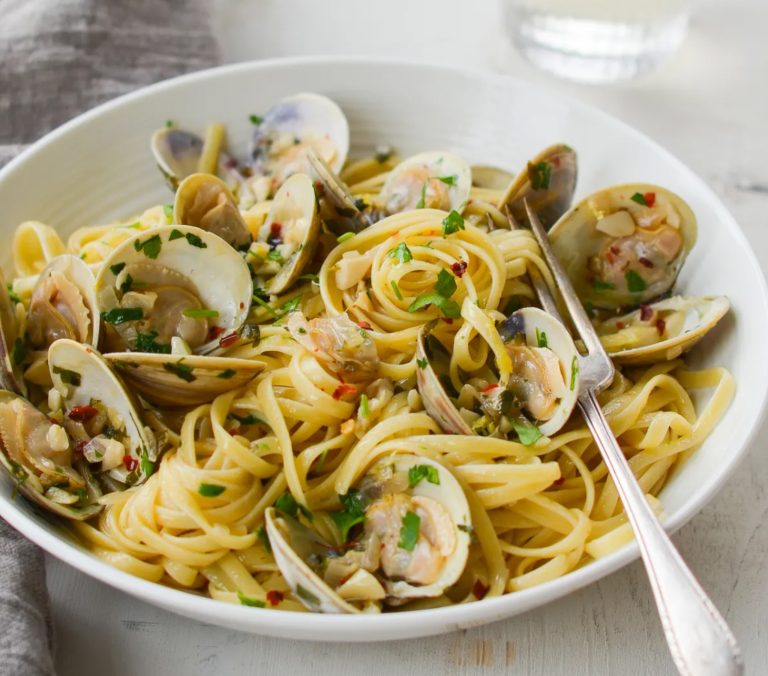Fish Balls: Origins, Nutritional Benefits, and Delicious Recipes from Across Asia
Fish balls trace their origins to ancient China. Historical records from the Song Dynasty (960-1279 AD) indicate that fish balls were already a part of Chinese culinary traditions. Named for their round shape, these delicacies quickly spread across Asia, gaining prominence in countries like Japan, Malaysia, and the Philippines. Each region adapted the basic recipe to fit local tastes, resulting in various unique styles.
Common Ingredients and Varieties
Fish balls typically contain finely minced fish, usually made from white fish like pollock or cod. Additional ingredients include starch, salt, and sometimes eggs to bind the mixture. Seasonings vary, often including garlic, ginger, and scallions for flavor.
Varieties abound depending on regional preferences:
- Hong Kong Fish Balls: Steamed or boiled, often served in curry sauce.
- Taiwanese Fish Balls: Filled with minced pork or fish roe.
- Filipino Fish Balls: Fried and usually served with sweet or spicy sauces.
- Japanese Fish Balls (Chikuwa): Often grilled and added to soups or hot pots.
In each version, fish balls provide a savory, delightful treat that reflects the culinary heritage of their respective regions.
How Are Fish Balls Made?
The Preparation Process
Fish balls come from a mixture of fish paste and seasonings. They usually start with white fish, like pollock or cod. First, the fish’s flesh is minced or ground to a smooth paste. This paste is then mixed with salt, sugar, and starch to enhance texture and flavor.
Next, the mixture is kneaded until it becomes elastic, ensuring a springy texture. Small portions of this paste are scooped and shaped into balls, either by hand or using a machine. These balls are then boiled in water until they float, indicating they are cooked. Once cooked, fish balls cool before packaging or further cooking.
Homemade vs. Commercial Production
Homemade fish balls offer more control over ingredients and texture. At home, you can experiment with different fish types, seasoning levels, and added ingredients like garlic or herbs. Kneading by hand gives you the ability to achieve the preferred consistency.
Commercial production scales up this process to meet demand. Factories use automated equipment for consistency and efficiency. High-quality fish and precise measurements ensure uniform taste and texture. Commercial fish balls often include preservatives and stabilizers to extend shelf life.
| Aspect | Homemade | Commercial Production |
|---|---|---|
| Ingredients Control | High, Personalized Choices | Standard, Quality Assured |
| Production Scale | Small-scale | Large-scale |
| Use of Preservatives | Often None | Common |
| Consistency | Varies by Batch | Uniform |
Homemade fish balls provide a customizable and often more natural product, while commercial options offer convenience and consistency for consumers.
Nutritional Profile of Fish Balls
Health Benefits
Fish balls offer multiple health benefits due to their nutritional content. They’re an excellent source of protein, providing approximately 15 grams of protein per 100 grams serving. This helps in muscle repair and growth. Fish balls are also low in fat, containing about 1 to 2 grams of fat per serving, which makes them a good option for those monitoring their fat intake. Essential omega-3 fatty acids, which promote heart health, are present in fish balls due to the fish used in their preparation.
Fish balls contain essential vitamins and minerals. They are a good source of vitamin B12, vital for nerve function and DNA synthesis. They also provide selenium, which supports thyroid function and boosts the immune system. Some fish balls include additional ingredients like seaweed or vegetables, which can enhance their nutritional value by contributing fiber and additional vitamins.
Dietary Considerations
When considering fish balls for your diet, there are a few points to keep in mind. Homemade fish balls, made from fresh ingredients, often contain fewer preservatives and additives compared to their commercial counterparts. This can be crucial for those looking to avoid artificial substances. However, commercial fish balls might offer a more consistent taste and texture, which some consumers prefer.
Fish balls can fit into various dietary needs. They are naturally gluten-free if prepared without any additional gluten-containing ingredients, making them suitable for those with celiac disease or gluten sensitivity. If you’re watching your sodium intake, check the nutrition label on commercial fish balls, as some brands may add significant amounts of salt for flavor and preservation. You can control the sodium levels in homemade versions by adjusting the seasoning.
Vegetarians and vegans would need to avoid traditional fish balls made from fish paste. However, there are plant-based alternatives available in the market that mimic the texture and taste of traditional fish balls using tofu or other plant proteins, expanding the options for those with dietary restrictions.
Culinary Uses of Fish Balls
Popular Recipes and Serving Ideas
Fish balls offer versatility in many dishes. You can use them in soups, stir-fries, and as appetizers. Common recipes include fish ball soup, where fish balls are cooked in clear or miso broth with vegetables like bok choy and carrots. In stir-fries, fish balls can be combined with bell peppers, onions, and soy sauce for a quick meal. They’re also popular in skewered form, grilled, and served with dipping sauces like sweet chili or peanut sauce. You can add fish balls to noodles, enhancing flavors in dishes such as laksa or ramen. Examples include Thai curry with fish balls and Malaysian fish ball noodle soup.
Cultural Significance in Different Cuisines
In Chinese cuisine, fish balls often appear in hot pots and soups, symbolizing prosperity. Hong Kong street markets feature fish balls skewered and fried. In the Philippines, fish balls are street food staples, usually deep-fried and served with sweet or spicy sauces. In Malaysia and Singapore, you’ll find fish balls in many noodle dishes and laksa. Taiwanese cuisine includes fish balls stuffed with meat or savory fillings, often served in broth. Fish balls play a significant role in many Asian cuisines, reflecting regional tastes and culinary traditions.
Conclusion
Fish balls offer a delightful culinary journey that spans continents and cultures. Whether you’re savoring a traditional Chinese fish ball soup or exploring innovative plant-based alternatives there’s something for everyone to enjoy. Their nutritional benefits make them a smart addition to any diet while their versatility in recipes ensures they never get boring. So next time you’re looking to diversify your meals consider adding fish balls to your menu. You’ll not only enjoy a tasty treat but also connect with a rich tapestry of culinary heritage.






